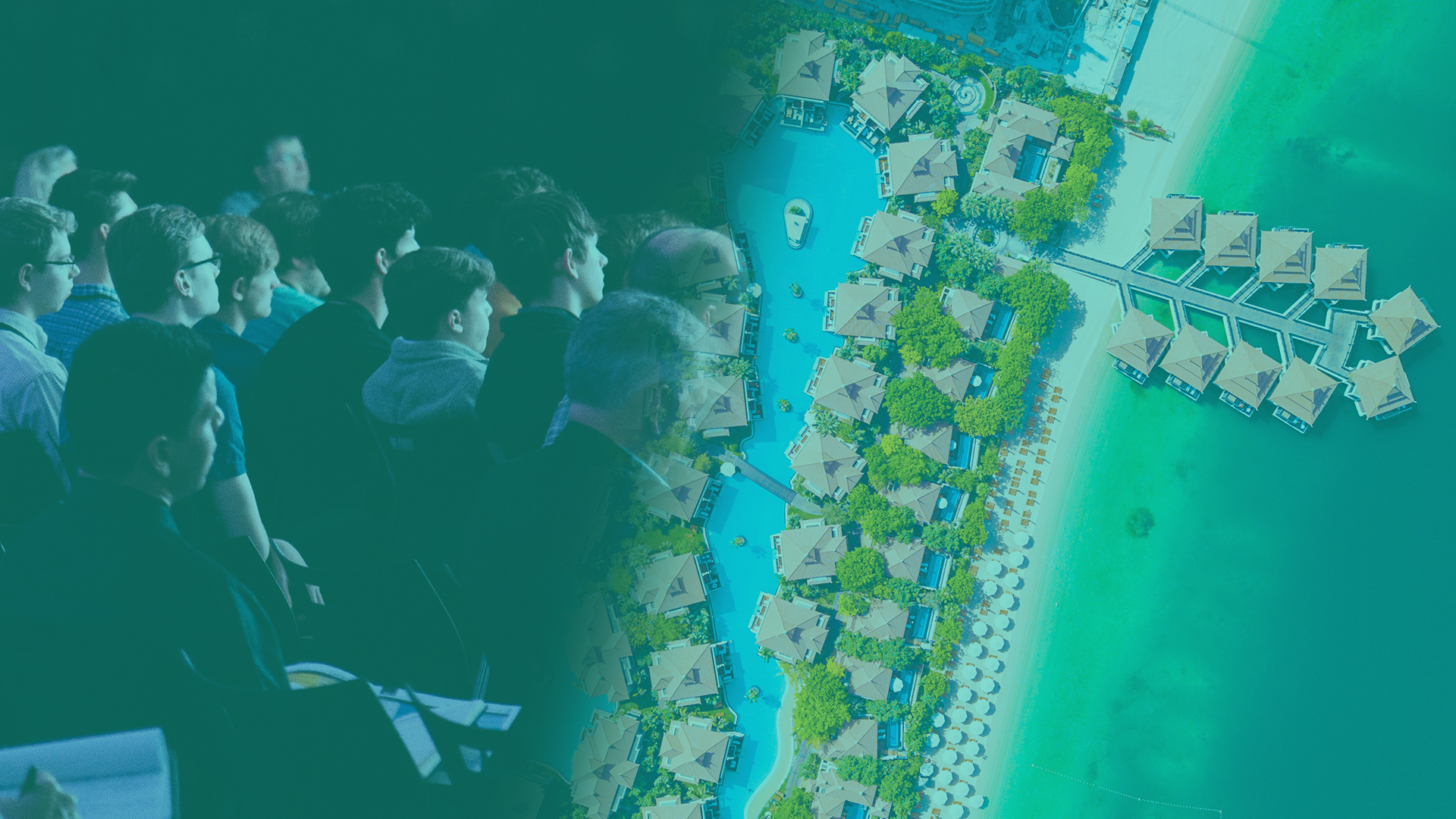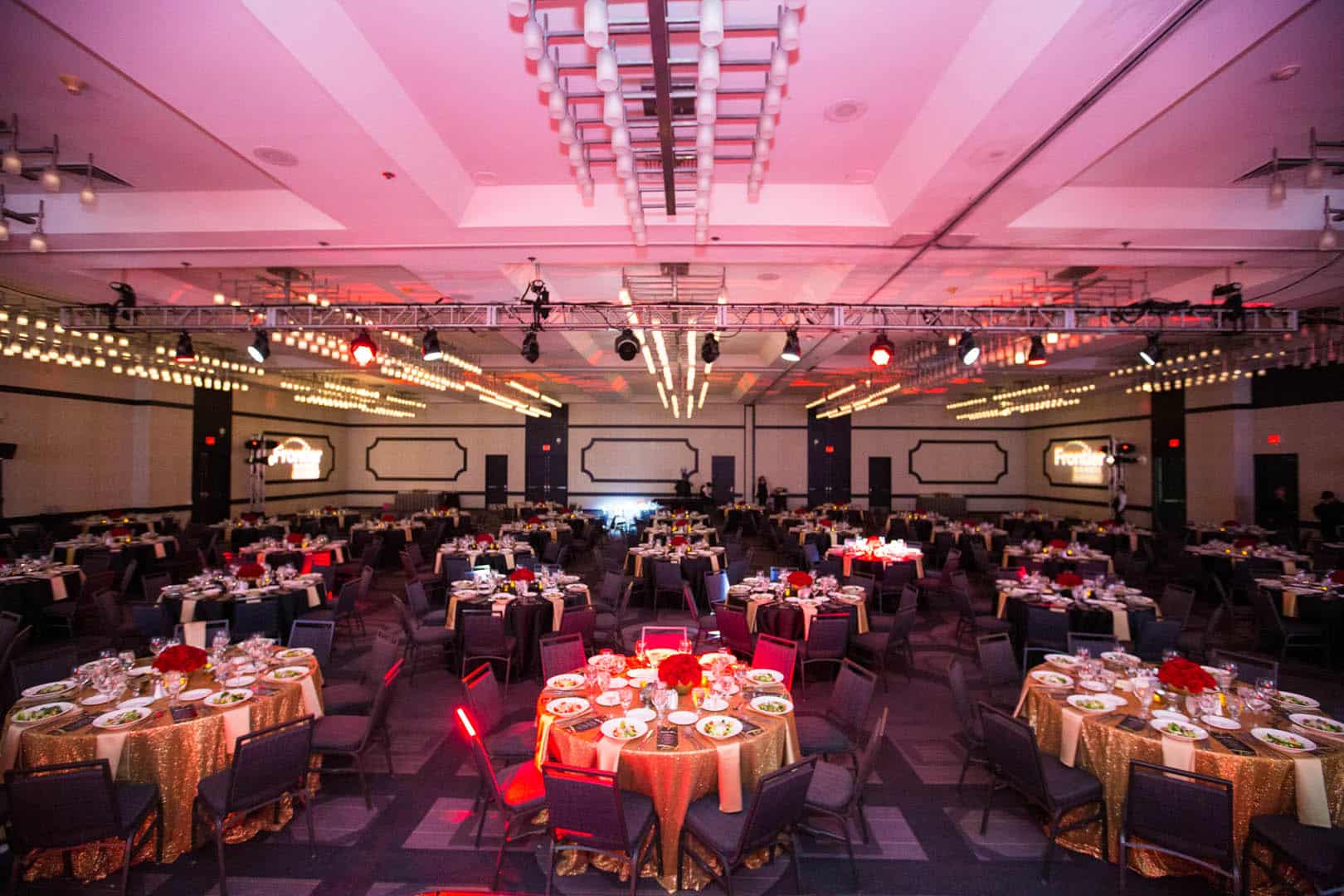What are the differences between planning a Corporate Meeting and an Incentive Trip?
People outside of the hospitality industry often assume that planning meetings and incentive trips are one and the same and require the same skill sets with very little planning differences. According to MICE (Meetings, Incentives, Conferences, and Exhibitions) travel experts within the hospitality industry, a meeting is considered to be any number of people coming together in one place for a particular activity, which could be a one-time event or a regular recurrence.
Incentive travel is typically given to employees or customers as a reward, or also defined as a non-business vacation with the aim of continued motivation for performance. Meetings are centered around educating and aligning business goals, while incentive trips are focused on reward, recognition, and motivation. Let’s take a look at the key differences between the two in terms of meeting space, transportation, audiovisual, and program length.
Meeting Space Requirements
Meeting space is a key difference when sourcing for and planning a meeting or incentive trip. Meetings typically require more function space, whether it be for breakout sessions, general sessions, or presentations. Finding a hotel that fits your meeting’s needs is the main component when sourcing. On the flipside, incentive trip space tends to be more flexible, with a focus on a more relaxed setting, as most trip functions can take advantage of outdoor space such as hosting poolside receptions, beach events, or dine-arounds.
Transportation Needs
While the current trend we are seeing with our clients hosting meetings is more domestic destinations, clients hosting incentive trips are continuing to go international. This key difference directly affects one specific area on the budget: transportation. Whether it includes ground or air, transportation costs typically are higher in incentive trips versus meetings. Not only are incentive trips typically international, but providing the complete VIP experience is also more common to appreciate and recognize the award recipients.
Differences in Audiovisual
Audiovisual (or A/V) is an important aspect of any meeting or incentive trip and can often be costly. Incentive trip audiovisual needs are most commonly used for entertainment, i.e. farewell reception, a presentation for the award winners, or a microphone for the CEO to make announcements. These short-form A/V requirements are relatively low in costs and use limited labor time and equipment. The audiovisual needs for meetings, on the other hand, require A/V for breakout rooms and general sessions which include microphones, lighting, sound, projection, and longer labor hours for techs. Each program’s A/V package will be different depending on the type of presentation, the number of speakers, room size, etc. but will always be a major factor in budgeting and should be addressed as early as possible while planning.
Length of Each Program
The length of the program is one of the single most important budget drivers because program duration drives room rate, meeting space, and vendor spending. Meetings are typically shorter than incentive trips since the goal is networking and education, once the message has been conveyed, the attendees depart. With incentive trips, attendees usually are traveling further and use the trip as a vacation opportunity, so the program will last longer. A good rule of thumb for average meeting length is approximately 3 to 4 days, while the average incentive is approximately 5 to 7 days. When budgets need to be cut or filled out in a big way, program length will likely be the first factor looked at, but don’t neglect savings from DMC partners, room block and attrition, food and beverage, and other smaller budget drivers that can add up to big savings.
Miscellaneous Components
There are several other components to be considered for both programs:
• Gifting is optional, yet a strong component of an incentive trip that can drive up the budget, whether it includes experiential gifting on-site, pre-trip gifting, or room drops. Gifting is usually incorporated into an incentive trip rather than a meeting, but there are some occasions where gifting is included in meetings as well.
• Tradeshows are optional add-on during meetings. Tradeshows are a perfect opportunity for your employees to get facetime with your vendors or customers. This is not only a value-add for attendees but a budget-friendly option as well by offsetting costs with sponsorships. Tradeshow costs include space rental, expo decorator(s), additional communication elements aimed at attendees, and more program time dedicated to the meeting.
Third-party agencies like Brightspot are essential in planning and executing both meetings and incentive trips. While there are many differences, they also share a lot of the same qualities in regards to planning time, onsite support, messaging, registration, air ticketing, and high-touch service. Brightspot understands the importance of distinguishing the needs for any event or meeting you are planning and are ready to offer support!




